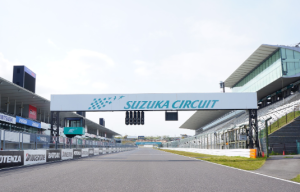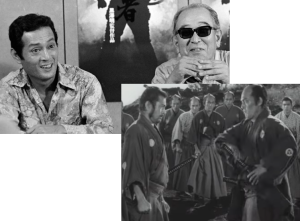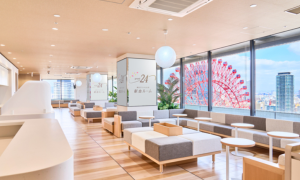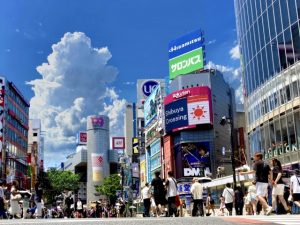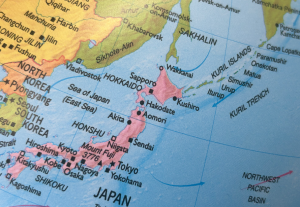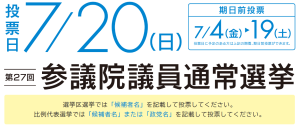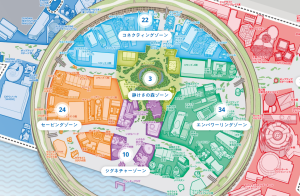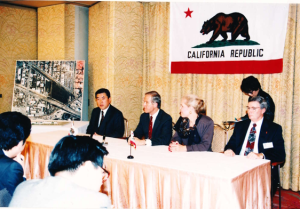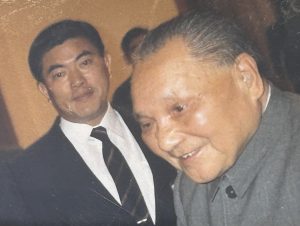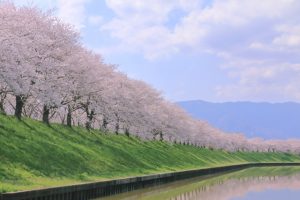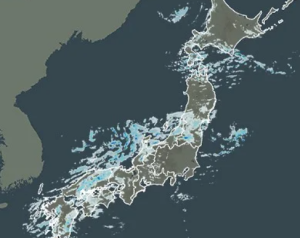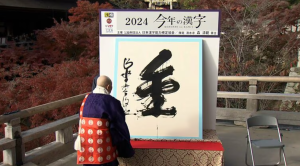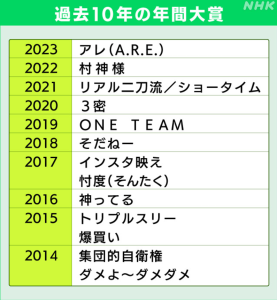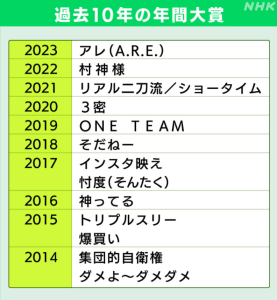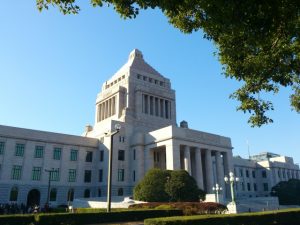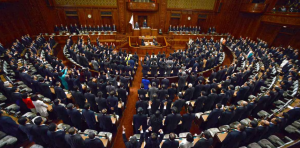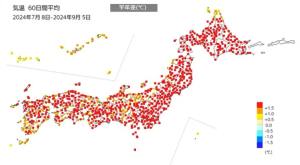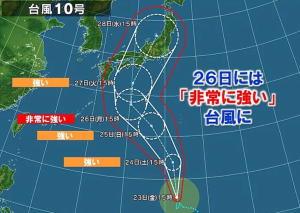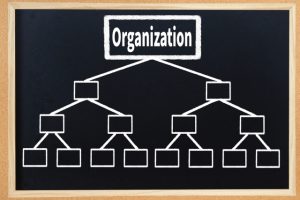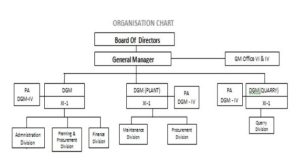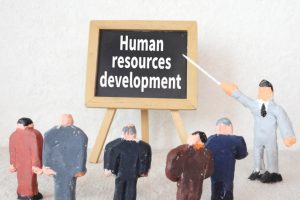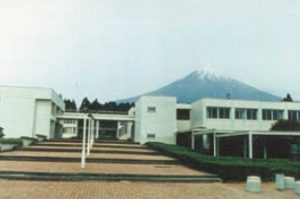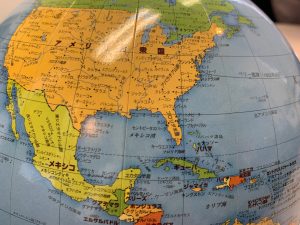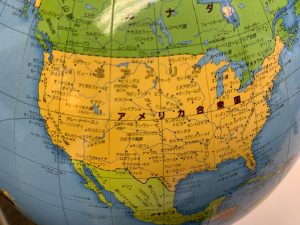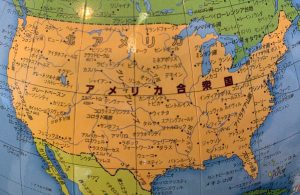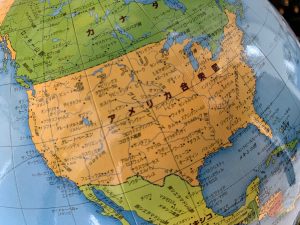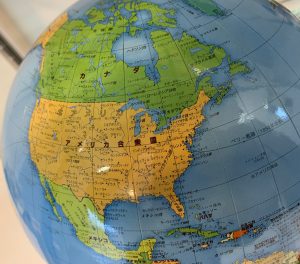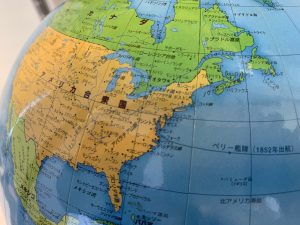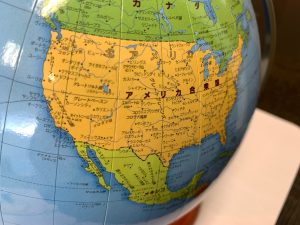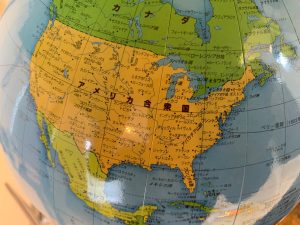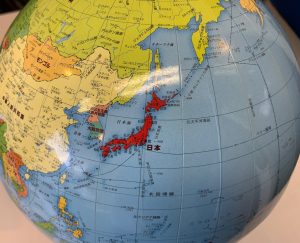Re: A news item and subject which I just want to check out (132) April 12, 2024
The blooming of cherry blossoms made us get into a fuss, but in Kansai cherry blossoms bloomed all at once at the end of last week. As soon as that happened, there was a heavy rain that was not easy to call “rain of flowers scattered” this week, and they fade quickly and became leaf cherry blossoms. Among cherry blossoms, especially “scattering goodness” of a Somei- Yoshino cherry tree has something common with the “purity” of Bushido. That is why Japanese people may love cherry blossoms in particular. In this regard, last words of Hosokawa Gracia “flowers are beautiful just because they know the timing of scattering and I also want to be like that” quoted by Mr. Kawakatsu, the governor of Shizuoka Prefecture, in his speech of resignation was out of place or I wondered if what kind of thinking he had. “Instructions for entering the Agency change into last words” immediately published in the senryu column of Asahi Shinbun next day was a perfectly fitting phrase.
By the way, when I went back from Tokyo to Osaka the other day, I wanted to take it easy once in a while and I got on the Shinkansen “Hikari”. Then, when leaving Tokyo Station, the train was empty. I was just about to think that this was unhurried and comfortable, but at Odawara Station tourists being thought to be Western people got on in a body carrying big suitcases, and it became almost full and English came flying out in the train. And when arriving Kyoto Station, everyone got off like the tide. I realized the increase of inbound tourists and popularity of golden route. At the same time, I also feel a sign of over tourism gradually. The number of inbound tourists in 2019 before the corona disaster was 31.88 million, a record high. It became nearly zero at one time, but seems to be back to about 80 % now. The government is setting a goal where the number of foreign visitors to Japan will be 60 million in 2030. That is almost double what it is now. In order to accept such a large number of tourists smoothly without a negative impact on people’s life, maintenance of infrastructure and improvement of software such as introduction of ride share as countermeasure against the shortage of taxis and so on are essential. By the way, the number of Japanese domestic travelers during the Golden Week this year is expected to be about 23.3 million, about 90 % of before the corona disaster, and quite a lot of congestion by travelers from home and abroad is expected.
■■What I have recently thought and focused on:
■A medium-term management plan of a company:
The Japanese stock market that had been lagging behind has returned to life, and the Nikkei stock average reached a closing price of 39,098 yen on March 22, and replaced the past highest price 38,915 yen on December 29, 1989 at the height of bubble economy for the first time in 34 years. And what the stock market is now focusing on is a medium-term management plan drawn up and published by a company. One year has passed since the request of improving capital efficiency by the Tokyo Stock Exchange, and what kind of measures a company incorporates into the medium-term management plan also has an impact on the stock price.
Incidentally, according to a survey of Japan Investor Relations Association the year before last, 70 % of listed companies have already drawn up and published the medium-term management plans. However, Ajinomoto published that they would not draw up the medium-term management plan in August last year and it became a hot topic. The reason was that “during the planning period, business environment undergoes significant changes and the meaning of the plan fades. The power of using for the development of a plan should be used somewhere else”.
I think it is all right and a good point, but I believe the medium-term management plan is necessary and important for a company after all. There are 3 types of plans that are long-range plan or vision keeping the period of 10~30 years in mind, medium-term plan for 3~5 years, and one-year short-term plan or execution plan. What I considered when I draw up the medium-term management plan, plan for three years, in my previous job era is as follows. ①Doing it bottom-up, not top-down. In other words, discussing noisily in the site and building it up, namely drawing up based on “the participation by all members”. As well as the plan itself, the process of reaching a decision is important. Otherwise, it might become “pie in the sky”. Next, ②To make the medium-term management plan more approachable for employees, I nicknamed the plan. I nicknamed “apollo plan” named after space program of National Aeronautics and Space Administration (NASA). In other words, Luna →Mars →Mercury →Jupiter →Venus →Saturn →Apollo, the Greek god of light. And ③To make the plan accessible, posters and telephone cards that is an obsolete word and so on were prepared. If I hire a professional for these designs, they look pretty but the soul does not enter. Therefore, all of them were handmade by employees through in-house recruitment.
“Apollo plan” started from 1988, and I broke through annual turnover 100 billion yen that had been a long-time barrier without a pause in the first year, partly due to the benefits of bubble economy. I nostalgically remember that the whole company was glad at that time.
The business plan is like a compass showing the way forward. We don’t think fixedly but flexible revision is necessary along with changes in the sudden objective situation such as oil crisis, corona disaster and other accidents and disasters. And the role of the top management is something like a pilot of an airplane, and keeps control of an airplane and successfully land at the destination even in turbulence and bad weather.
■It has been 20 years this year since national universities incorporated, and what I think about career advancement:
Integrating the purpose activating education and study with administrative and fiscal policy was enforced in 2004 and incorporation of national universities was put into effect, but it seems that the assessment of university side is low. It is said that research capability through international comparison is also declining and the field of education is full of a sense of stagnation. Ryoji Noyori, the current Nagoya University Distinguished Professor, who won the Nobel Prize in Chemistry is criticizing severely that “it is said that Japanese economy is the lost 30 years but university is the lost 20 years”. Disparities in budget allocation are widening and universities can’t make their own decisions and the societal role as an incubator for talent development and fundamental research that should be played has been lost. There are growing calls for review of the policy.
By the way, it is said that Japanese universities are “difficult to enter but easy to graduate”. On the contrary, in the United States, I hear that “rather easy to enter but difficult to graduate”. Most of business executives more than 60 years old including me in Japan, when they look back on their school days, might feel nostalgia it was a sort of “the last youth” rather than hard study. Examination school and tutoring school for entrance examinations are boring because they focus on test-taking techniques and when I look back on myself, I feel like I had a big hole in my youth. It seems to me that the backlash comes out in college life. Of course, we have to get prepared to take a risk that “you win some you lose some” and it is real that “If you run after two hares, you will catch neither”. We are “screened” many times in our life, and after we go through it, it is true that we can create the next prospect. To do that, self-control and willing sacrifice may be necessary.
On the other hand, in the United States, even if entering college, hard study is a common sense to graduate. Therefore, once acquiring MBA, it is recognized as a bill of passage in the society. However, in Japan, it seems to me that company side is not really interested in study in college and density of self-improvement. And companies have focused on pure white new graduates until recently, and dyed them in their own colors through education and OJT after they joined companies. The assumption is “lifetime employment system”. However, “job-type employment” putting emphasis on immediate ability and expertise has been introduced recently, and through internationalization and high-tech, it is shifting to put emphasis on diversity and expertise of human resources. Changing job is also becoming the norm. Directors are required to submit “job matrix” professionalism assessment to shareholders. From this viewpoint, both for students and employees of companies, change of their thinking and career advancement gaining knowledge and experience by reskilling and so on are essential.




